The Unveiled Superfood: Grow the World’s Healthiest Food in Your Living Room!
August 11, 2023
 1087
1087 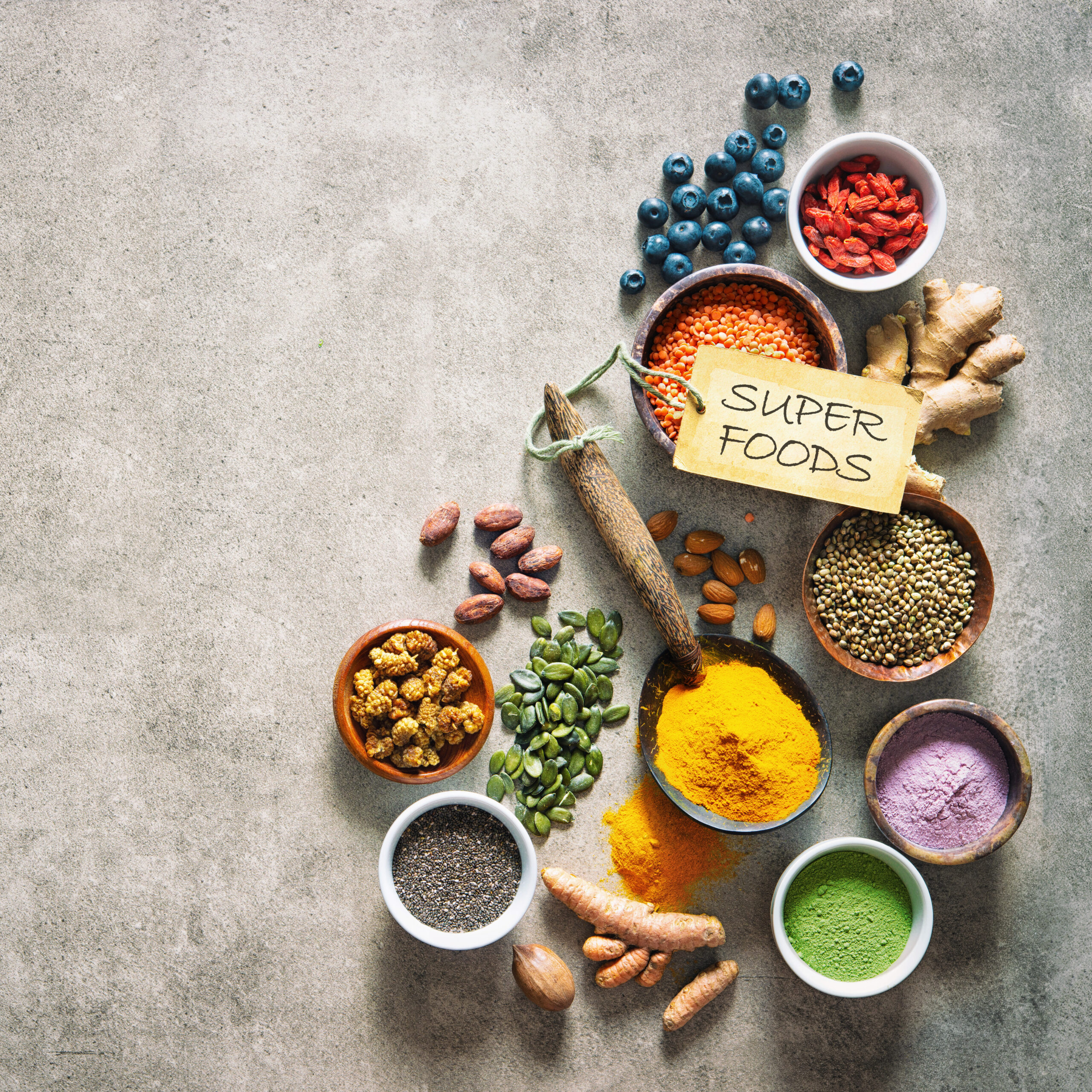
Written By: Jack Riess NASM Certified Personal Trainer, Author, and Life Long Researcher of Health and Longevity.
In the age of holistic health and wellness, one word echoes through every corner of the health community: superfoods.
From the aisles of organic grocery stores to our social media feeds filled with smoothie bowls and salad jars, superfoods have seemingly taken over.
But what are superfoods, really?
They’re essentially nutrient powerhouses, foods so rich in vitamins, minerals, and antioxidants that they offer maximum health benefits with minimal calorie intake.
Yet, as common as the term is, the title of “best superfood” seems to change every few years.
Enter the world of nutritional science, where researchers tirelessly explore the vast variety of super foods to identify the next ‘big thing’ in health.
One study in particular, conducted by the diligent minds at William Paterson University in New Jersey, took the superfood discourse to new heights.
Let’s talk about that study.
The Journey to Finding the World’s Healthiest Food:
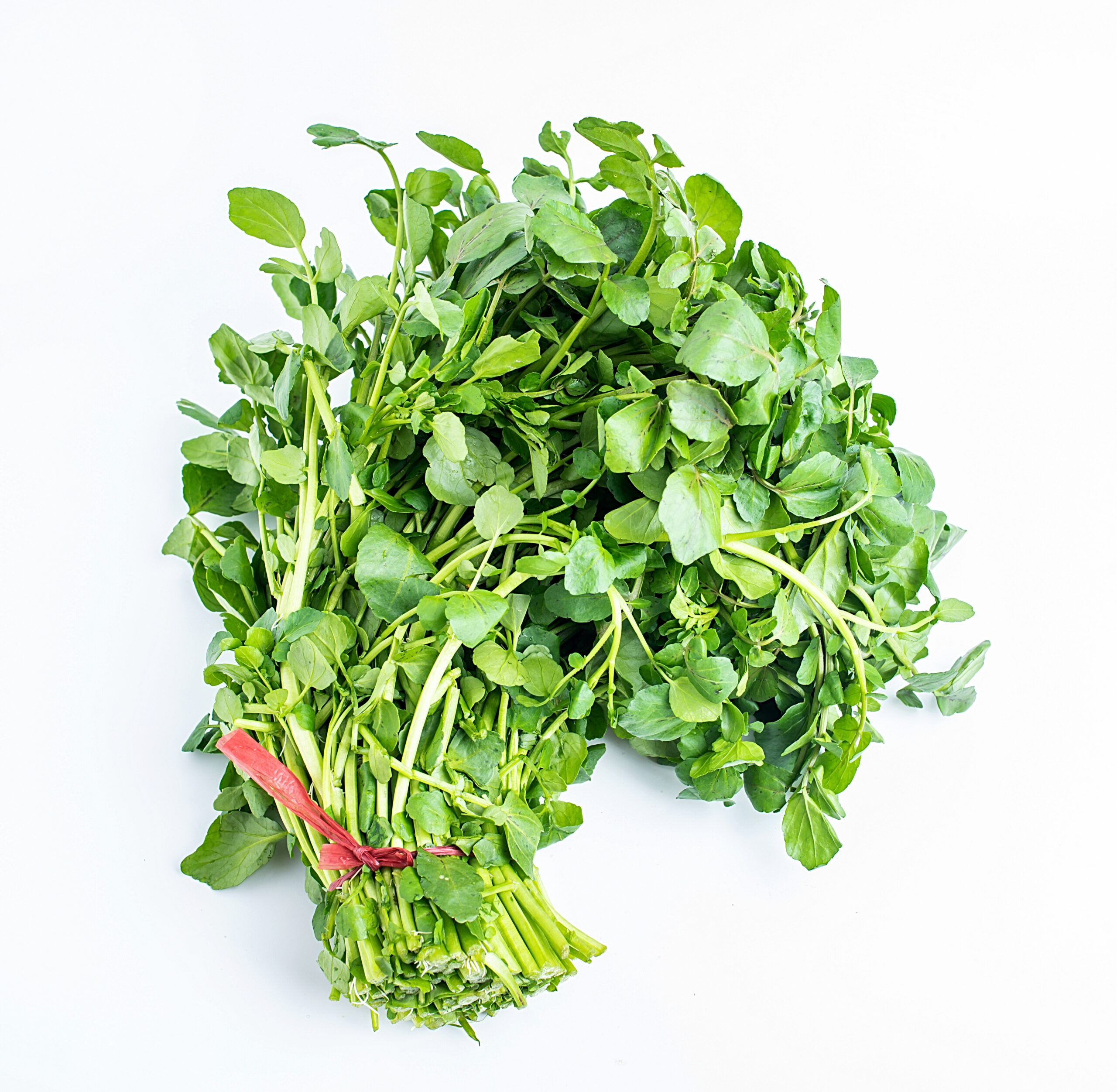
The “World’s Healthiest Food” title has been passed on and changed many times throughout history.
Be it the antioxidant-rich goji berries from the Himalayan foothills, the luscious açaí berries hailed from the Amazonian rainforests, the tiny but potent chia seeds native to Central America, or the ever-reliable fruits packed with Vitamin C, each has had its moment under the spotlight.
These contenders, each unique in its nutritional profile, have been pitted against one another in a fierce competition.
The criteria they were fighting against each other with? Nutrient density.
Imagine the suspense as every health enthusiast awaited the results of this study, hoping their personal favorite would claim the title.
However, sometimes the world has a way of humbling our expectations.
The winner wasn’t a fruit from a remote corner of the Earth or a seed with a legendary backstory.
Instead, it was a modest green, often overlooked but brimming with vitality: WATERCRESS.
That’s right. Watercress, a leafy green that one might casually pass by in the produce section, emerged as the dark horse in this race.
It wasn’t the most exotic on the list, nor the most colorful or appealing, but it packed a nutritional punch like no other.
This aquatic plant, with its tender green leaves and peppery taste, toppled the mighty contenders to claim its rightful place as the king of superfoods.
With health foods, it’s easy to get swept up in the foreign and the novel ones.
But watercress reminds us that sometimes, the most powerful sources of nutrition are the ones we’ve been overlooking all along.
Unpacking Nutrient Density: The Science Behind Watercress’s Victory:
In our journey of understanding the crowning of watercress, we must first delve into the heart of the matter: nutrient density.
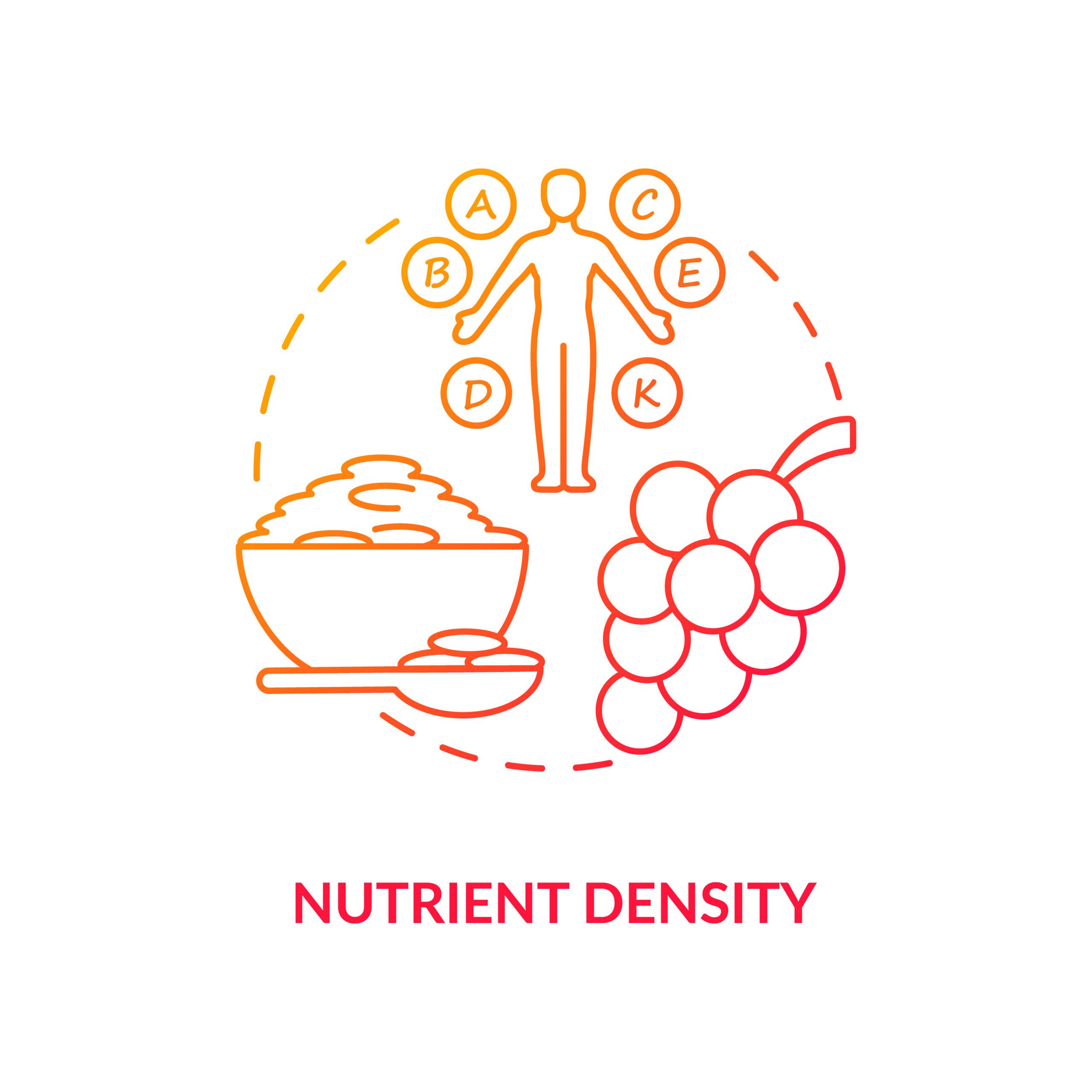
What is Nutrient Density, Anyway?
Nutrient density refers to the ratio of beneficial nutrients (vitamins, minerals, and other healthful substances) in a food relative to its energy content or calorie count.
In simpler terms, it’s the bang for your buck in nutrition.
A highly nutrient-dense food will give you more nourishment per calorie, making it a particularly efficient choice for overall health and wellness.
For instance, think of it like a suitcase packed for a long vacation.
A nutrient-dense food is like a suitcase meticulously packed with essentials—each item (or nutrient) perfectly curated to maximize utility in a compact space.
On the contrary, a food low in nutrient density might be like a suitcase filled with items you don’t need, taking up precious space without adding much value.
Understanding nutrient density is crucial because it helps us make informed choices about what we eat.
Rather than merely counting calories, focusing on nutrient density ensures we are fueling our bodies with the vitamins, minerals, and antioxidants they need to function at their peak.
Watercress vs. The Contenders: A Nutritional Showdown
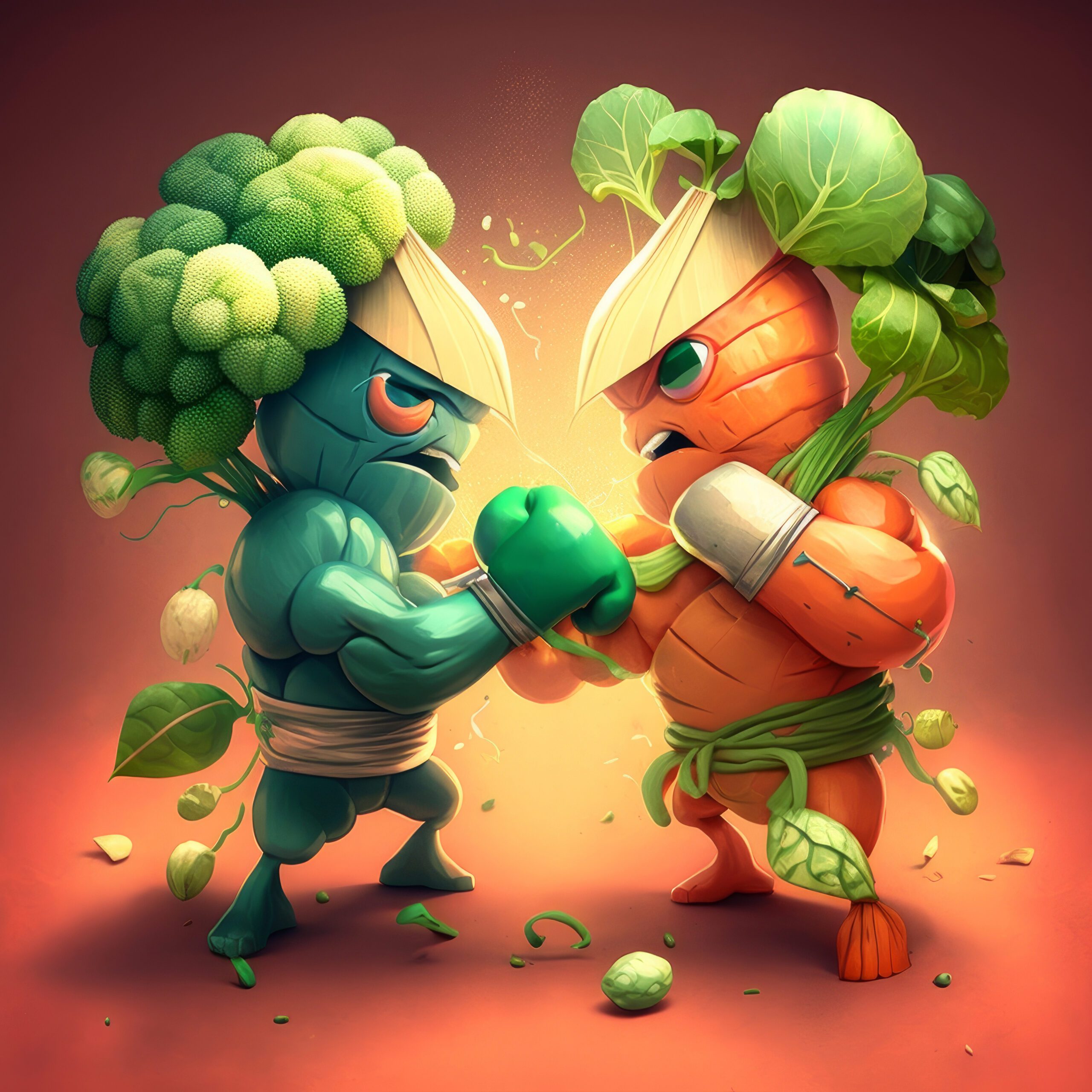
With the stage set on nutrient density, let’s dive into how watercress stacks up against other front-runners:
In conclusion, while each of these contenders holds its own and brings valuable nutrients to the table, watercress’s unique combination of vitamins, minerals, and secondary compounds gave it the winning edge in the nutrient density game.
A Deep Dive into Watercress:
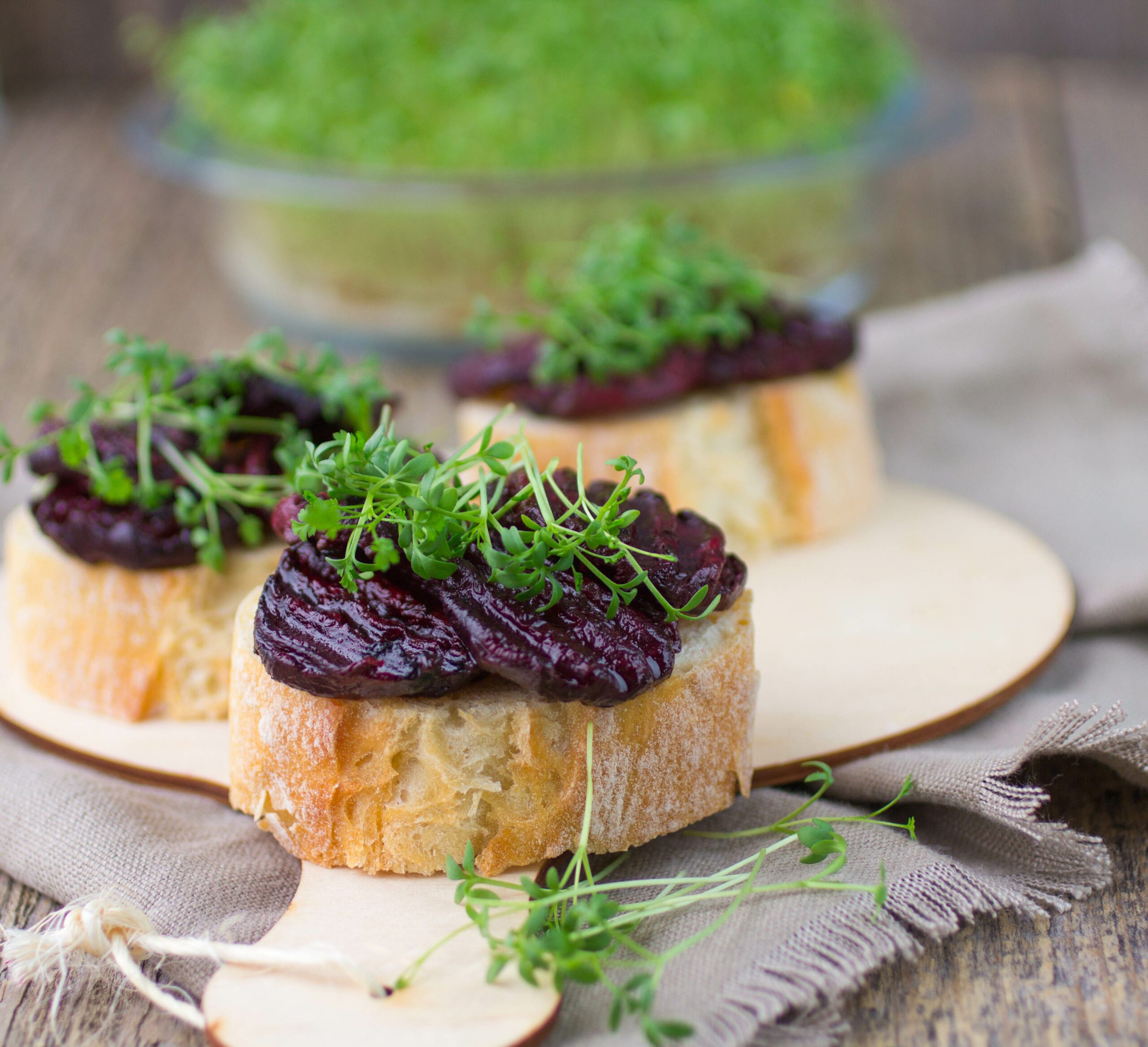
Stepping into the limelight as the world’s most nutrient-dense food, watercress isn’t just a recent discovery.
This aquatic gem holds a rich tapestry of history and an arsenal of nutrients that make it the superfood par excellence.
Historical Context:
1. Tracing the Consumption and Cultivation of Watercress:
Before supermarkets introduced watercress to the global audience, ancient civilizations had already recognized its value.
The Egyptians, Greeks, and Romans incorporated this peppery green into their diets, not just for its unique flavor but also for its believed health properties.
The Romans, for instance, were said to consume watercress to enhance their mental clarity, while early Persian medicine recommended it for its mood-lifting properties.
It’s fascinating to note that watercress bridges the gap between the culinary and medicinal worlds, both in history and today.
2. Traditional Medicinal Uses of Watercress:
Traditional medicine has long cherished watercress as a remedy for various ailments.
From its use in treating kidney and liver disorders to its application as a diuretic and expectorant, watercress was a staple in many an ancient healer’s toolkit.
Beyond mere folklore, many of these medicinal uses are now being validated by modern science, tying history with contemporary health discoveries.
Key Nutrients and Their Health Benefits:
1. Vitamin C: The Immune Booster
While oranges and lemons often steal the Vitamin C spotlight, watercress plays an unsung hero.
With a concentration surpassing even these popular fruits, watercress is a formidable immune system ally.
Vitamin C isn’t just essential for immunity; it plays a pivotal role in skin health, wound healing, and the absorption of iron from plant-based foods.
2. Essential Minerals: Building Blocks of Health
3. Vitamin K: Guardian of the Brain
Vitamin K goes beyond just blood clotting.
Recent studies have shed light on its role in maintaining brain health.
It aids in the prevention of cell damage in the brain, potentially warding off cognitive decline as we age.
4. Antioxidants: The Cellular Protectors
These molecular heroes combat free radicals—unstable molecules that can damage our cells.
Watercress is teeming with antioxidants that not only protect our DNA but also play a role in reducing the risk of chronic diseases, including certain cancers.
5. Essential Mustard Oils: Flavor meets Function
Giving watercress its distinctive peppery kick, mustard oils aren’t just about flavor.
They serve as natural cough suppressants and have digestive properties.
These oils highlight how nature seamlessly blends taste with health benefits.
In wrapping up our deep dive, it’s evident that watercress is more than just a green leaf; it’s a historical, nutritional, and flavorful marvel.
As modern science continues to uncover its benefits, we are reminded that sometimes, the best superfoods are those that have stood the test of time.
The Unexpected Benefits:
Watercress’s position as a superfood isn’t solely hinged upon its impressive lineup of vitamins and minerals.
Beneath its gentle, green facade lies a powerhouse of unexpected benefits, further cementing its reputation as a true nutritional marvel.
1. Watercress: The Natural Detoxifier and Blood Purifier
Detoxification is a buzzword in health circles, often associated with elaborate juice cleanses and restrictive diets.
Yet, nature has graced us with foods that naturally support our body’s detoxification processes, and watercress stands tall among them.
Rich in compounds called glucosinolates, watercress assists the liver in its phase II detoxification process.
These compounds help neutralize toxic substances, rendering them water-soluble and thus easier for the body to excrete.
Moreover, the chlorophyll content in watercress plays a role in blood purification.
By binding with toxins and aiding in their removal, it ensures our blood remains clean, promoting better circulation and overall health.
This green gem, thus, supports our body’s natural detox pathways, obviating the need for extreme detox regimens.
2. Satiety, Nutrient Intake, and Curbing Cravings
The adage “You are what you eat” takes on a profound meaning when we explore the connection between nutrient-rich diets and our eating habits.
There’s emerging evidence suggesting that when our body receives the nutrients it truly needs, it may naturally reduce the urge to overeat or crave unhealthful foods.
A study conducted at the Jean Mayer USDA Human Nutrition Research Center on Aging at Tufts University presented an intriguing idea:
Consuming a diet rich in micronutrients can lead to reduced feelings of hunger.
This suggests that our body’s hunger signals might not just be about calorie intake but about nutrient intake.
If the body doesn’t receive the essential nutrients from food, it may prompt us to eat more in search of those missing nutrients.
Watercress, with its dense nutrient profile, fits perfectly into this paradigm.
Incorporating it into one’s diet could mean not just fueling the body with essential nutrients, but also potentially regulating appetite and curbing those pesky cravings.
It’s a beautiful dance of satiety, where feeding the body’s true needs could lead to a more harmonious relationship with food.
Watercress, in its simplicity, challenges many contemporary notions of health.
Beyond being a nutritional titan, it offers a myriad of benefits that resonate with the holistic idea of wellness.
Its story reminds us that health isn’t about seeking the latest trend, but often about rediscovering and embracing the treasures nature has always provided.
Growing Watercress at Home: Nature’s Gift in Your Living Room
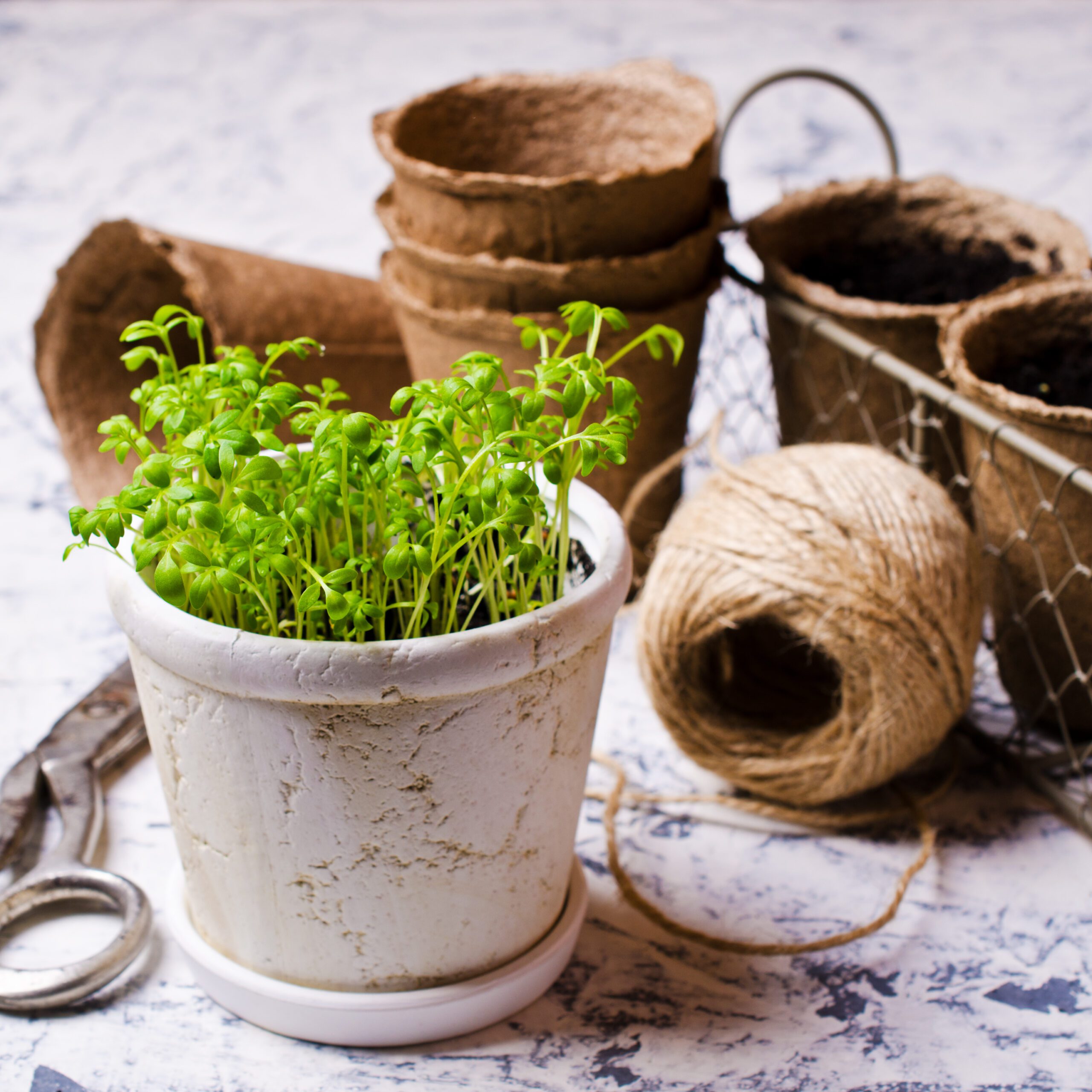
As we’ve journeyed through the wonders of watercress, you might be wondering, “How can I cultivate this nutritional dynamo within my own four walls?”
The allure of this superfood is not just in its health benefits but also its adaptability to be grown even in spaces that aren’t traditional gardens.
Here’s your roadmap to becoming a proud watercress gardener, right in the comfort of your home.
1. Demystifying Watercress Cultivation
There’s a lingering myth that growing watercress is complex and reserved for those with sprawling gardens or vast outdoor spaces.
However, the truth couldn’t be further from this.
Watercress, in its inherent simplicity, is quite forgiving and requires minimal intervention to flourish.
And the best part? No garden is needed!
2. Growing Watercress: A Step-by-Step Guide
3. Tips for a Nutrient-Rich Harvest
Watercress, with its myriad of health benefits, need not be a distant marvel.
With a little patience and care, your living room can transform into a vibrant hub of this nutrient-rich green.
Not only does it promise a fresh supply of this superfood, but the very act of nurturing it at home adds another layer of connection to what you eat.
Incorporating Watercress in Daily Meals:
So, you’ve grown this vibrant green wonder, and it’s flourishing right in your living room.
The question that lingers now is, “How do I weave this into my daily meals?” The versatility of watercress makes it a delightful addition to various dishes.
Let’s embark on a culinary journey to transform this humble green into delectable meals.
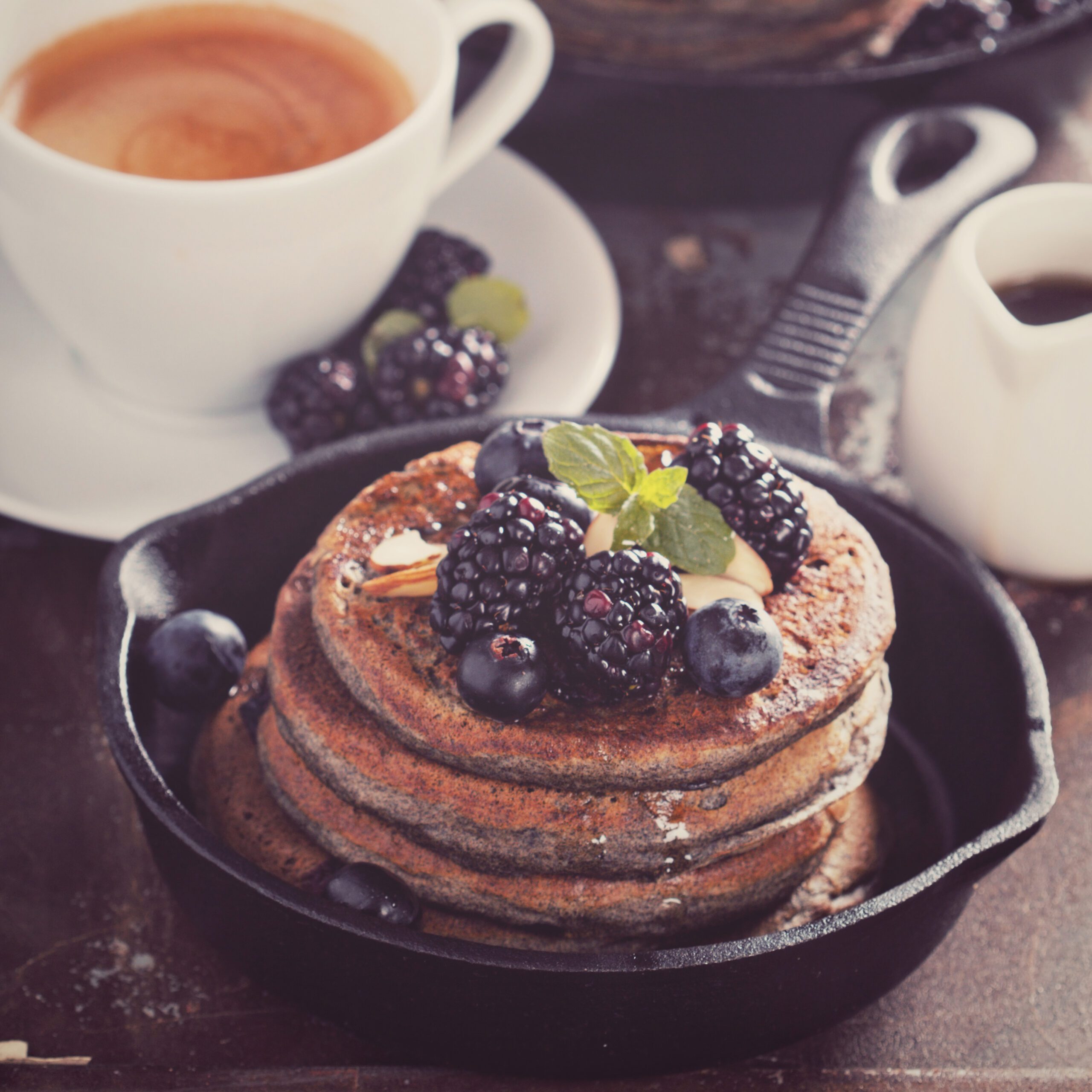
1. Savory Watercress Pancakes
Ingredients:
Procedure:
2. Watercress and Avocado Salad
Ingredients:
Procedure:
3. Watercress Pesto Pasta
Ingredients:
Procedure:
Pairing Ideas for a Nutrient Powerhouse Meal:
Integrating watercress into your daily meals is an exploration in flavors and textures.
Its peppery taste and crisp texture make it a unique ingredient, effortlessly enhancing the nutritional profile of your dishes.
As you savor each bite, remember you’re not just indulging in culinary delight but also in the goodness of one of the world’s healthiest foods.
Exploring Overlooked Tastes
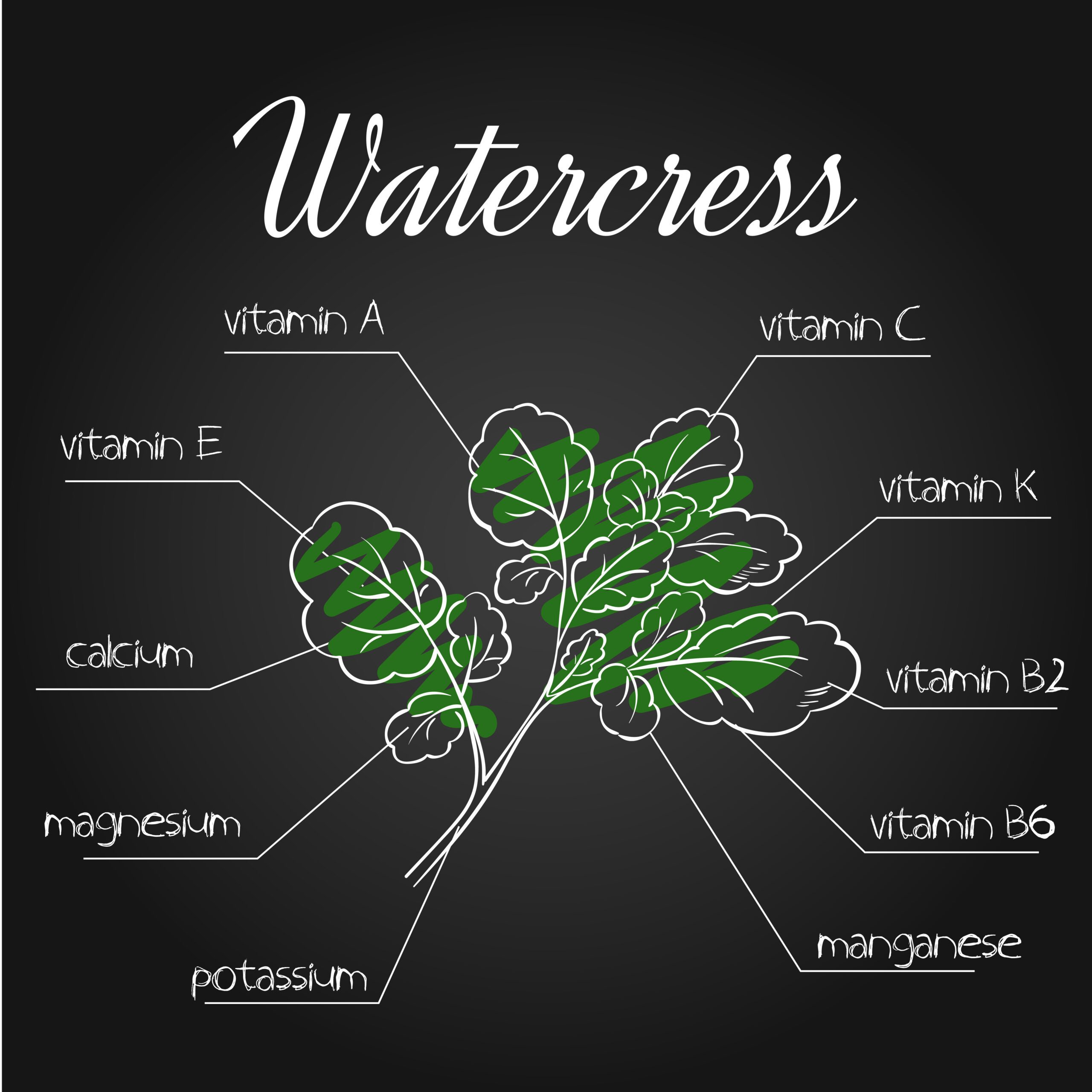
As we have seen, the superfoods that capture the spotlight change as our understanding evolves.
What was once an underappreciated green, watercress, today emerges as a nutritional titan, underscoring the importance of keeping our minds open and our palates curious.
Our culinary and health journey often takes us to popular superfoods endorsed by celebrity chefs or social media influencers.
Yet, as the tale of watercress suggests, nature has hidden gems scattered abundantly, waiting for their time in the sun.
These lesser-known foods, shrouded in the shadows of their more famous counterparts, offer an abundance of benefits, sometimes surpassing the celebrated ones.
To you, dear reader, the challenge and invitation are clear: Venture beyond the oft-treaded paths.
As you make your next meal or plan your garden, remember that every leaf, seed, and root has a tale to tell.
Food and exercise both have a significant impact on human body. One needs to do exercise to avoid uninvited pain. If you are having any problem while doing exercise or suffering with chronic pain, we have specially built tools and technology to get rid of it.

A new study suggests that a widely used sugar substitute found in diet sodas, chewing gum, and low-sugar yogurt may elevate insulin levels. This could increase the long-term risk of heart disease. “Artificial sweeteners have infiltrated nearly all types of food, making it crucial to understand their long-term health effects,” said Yihai Cao, senior author […]

Diet Coke has long been a fan-favorite among soda lovers who want a fizzy, guilt-free alternative to traditional soft drinks. While its zero-calorie, zero-sugar label makes it seem like a healthier option, the reality is far more concerning. Despite its undeniable popularity, Diet Coke’s nutritional profile has raised red flags among health experts for years. […]

New study shows that embracing an anti-inflammatory, plant-forward diet can support cognitive function and help reduce the risk of dementia. What You Eat Shapes Your Brain The food you eat doesn’t just impact your body—it also affects your brain. Research suggests that eating an anti-inflammatory, plant-based diet can help improve memory, focus, and overall brain […]